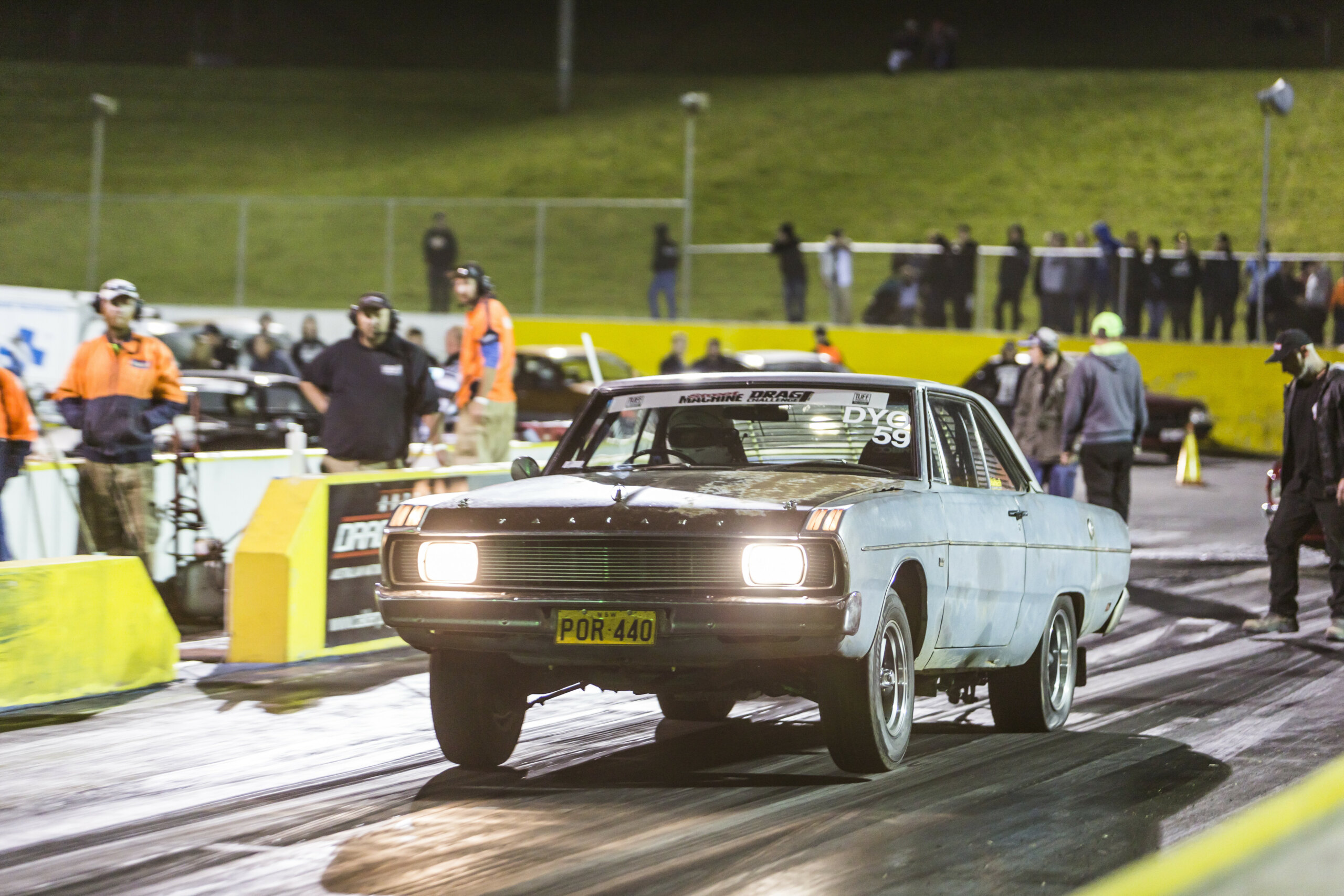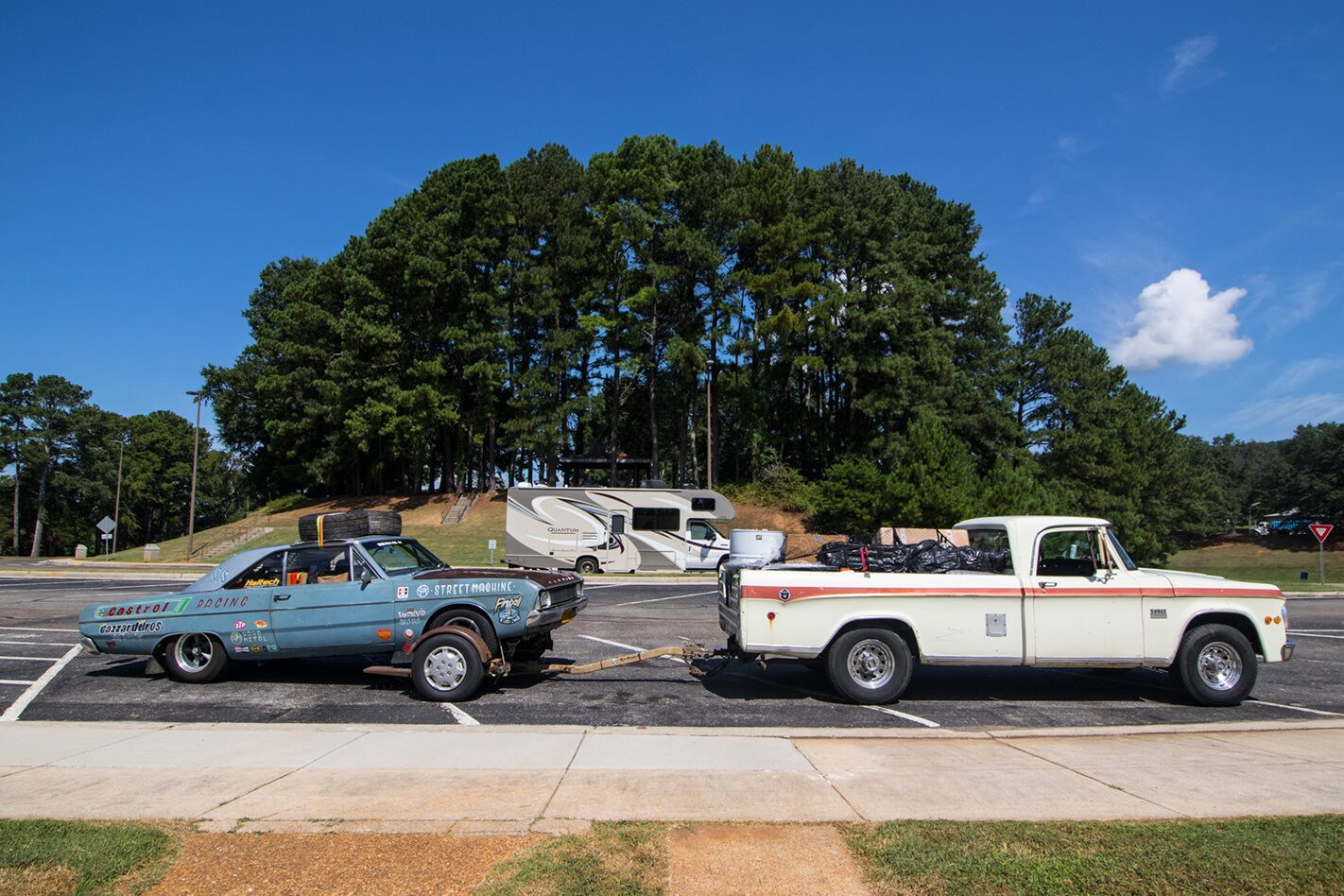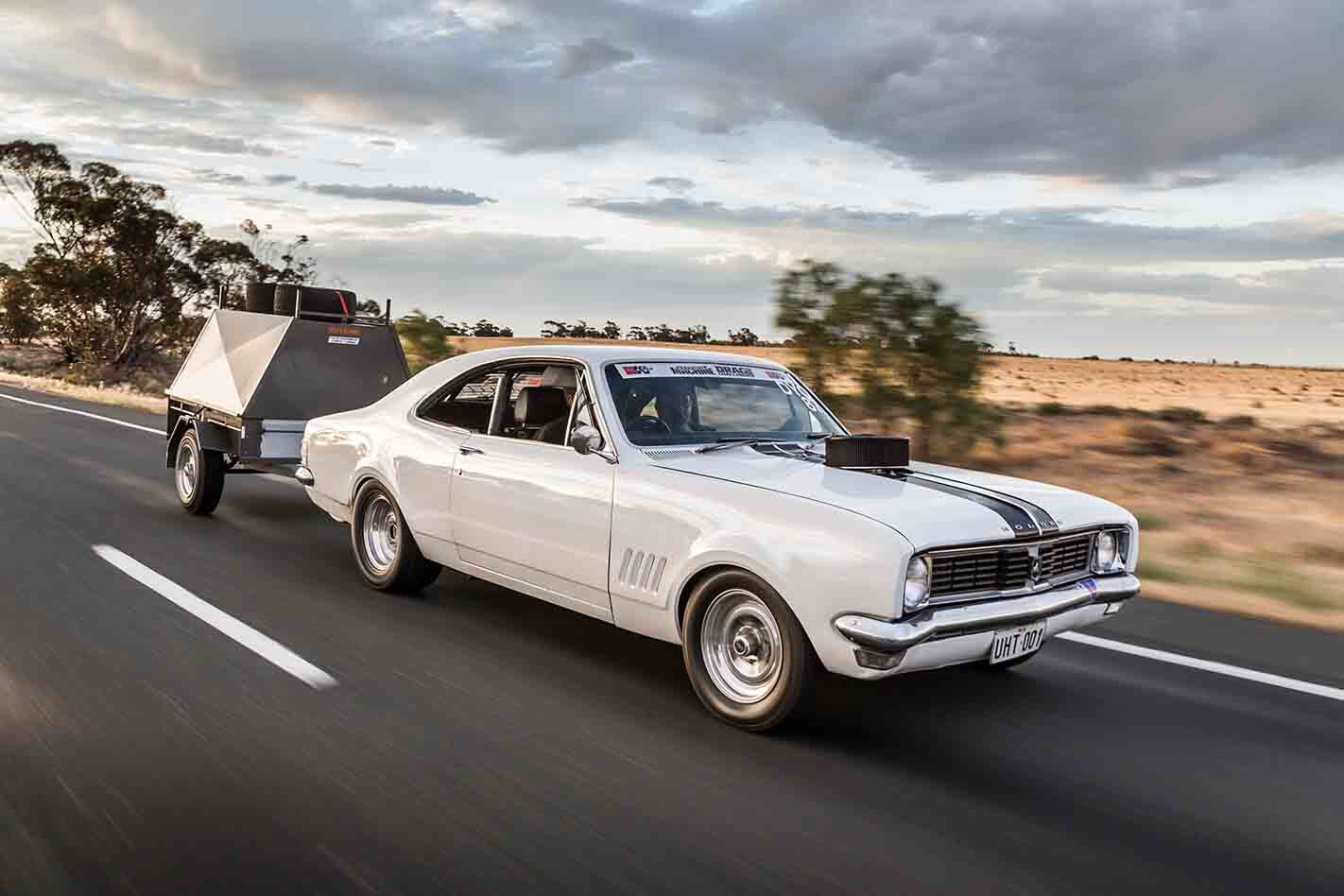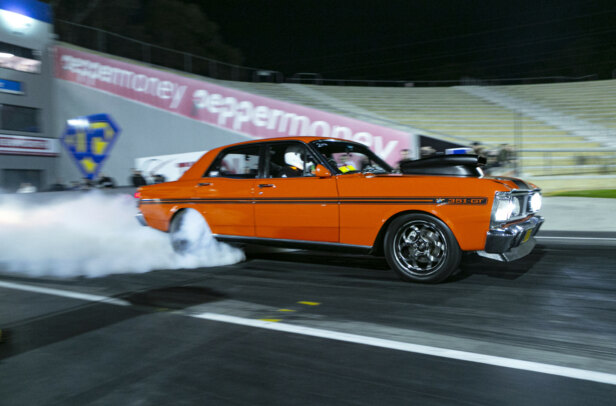Any driver who has ever walked away from a wreck at the track will always be grateful for the high standard of safety equipment that the drag racing governing bodies enforce in order to keep us all safe. That’s why, depending on your drag car’s ET capabilities and the relevant class rules, you may need to get your car tech-inspected before you head to the track. You are not just doing it for your own safety, but also that of the track crews, the racer in the other lane, and even spectators.
First published in the June 2023 issue of Street Machine
After a year and a half out of racing due to car upgrades and general life challenges, I was keen to get back in the game, so it was time to get my POR440 VG Valiant tech-inspected for its return to the track.
Most of the car’s racing is done in Sydney, which is currently sanctioned by the IHRA. If you’re also in an IHRA-sanctioned area, it’s best to grab a copy of the rulebook, which you can find on the IHRA website, to find out what’s required.
Yep, it sounds boring and it’s a heavy read, but if you care about getting it right the first time, it’s the way to go. Likewise for those under the auspices of ANDRA – learn the specific rules and make sure your car adheres to them.
Option B is to ask a mate who’s a racer, but while they will probably get you steered in the right direction, chances are they will miss some of the fine print.
You need to be mindful of sealing off the car’s cabin from fumes and fire, which means no holes in the firewall and rear parcel shelf
Once you feel you are good to go and have picked the class you wish to race in (generally determined by the speed of your vehicle and extent of modifications), you can reach out to a local tech inspector. These people are all listed with their contact details on the IHRA website.
In my case, I got in touch with Mark Hayes, an IHRA tech inspector who has been drag racing for 35 years. I gave Mark a rundown of what I had done to the car and the times I was hoping to run, and he gave me a checklist of things to bring to the inspection, including my race suit, helmet, gloves, neck brace and arm restraints.
The process is pretty thorough, and some of the things an inspector is looking for may not have occurred to you. You need to be mindful of sealing off the car’s cabin from fumes and fire, for example, which means no holes in the firewall and rear parcel shelf, and the back seat area needs to be totally sealed off from the boot.
“In broad strokes, the areas to be checked for all cars include the driver’s seat, rollcage and padding, and harness,” said Mark.
“Firewall safety, rear firewall safety and the fuel cell in the boot are really important, as well as things like the parachute mount and lever, which I recommend locating next to the driver’s seat in a street car.”
Areas to be checked for all cars include the driver’s seat, rollcage and padding, and harness. Firewall safety is also really imporant
In POR440’s case, because it’s a forced-induction car capable of running into the eights, additional requirements include a lower engine containment device, which can be a tray or nappy, as well as a shield on the transmission.
The battery isolator does not necessarily need to be outside the car, but you do need a way of turning off the car from outside the vehicle. If you have a wreck and the throttle is stuck open, it’s unlikely anyone will be able to turn the key off inside the car. “In the case of my Torana, I have my [battery isolator] switch under the dash, with a cable to the outside of the car next to the blue triangle sticker, which tells officials where the shut-off is,” said Mark.
Another area that is commonly missed is rollcage padding. This needs to be SFI standard and fitted in any direction your head can move, so front and back as well as side to side. “I do recommend that racers, especially in faster cars, fit [padding] to other barwork such as intrusion bars, but it does not need to be SFI rated,” Mark said.
“In relation to helmets, the Snell SA rating expires every 10-12 years,” he continued, “so if you have an SA2015 helmet, you will get to at least until 2025 before you need a new one.”
One thing we do see a lot are S-shaped side intrusion bars, which are meant to run from the main hoop forward, between your hip and shoulder, to the bottom of the A-pillar bar near your foot. Fitting an S-shaped bar makes it a lot easier to enter and exit the vehicle, but it also severely undermines the strength of the bar, especially in a forward impact; the bar is already bent so will just continue to crumple. Running a straight bar instead triangulates that section of the ’cage, making it very strong.
As for POR440, we left the inspection with a few things to fix. The SFI padding was missing from the rollcage’s front bar, a firewall grommet was needed to plug a hole, the reclinable driver’s seat needed to be swapped out for a fixed-back race seat with a taxi-bar brace support, and a new one-litre radiator overflow bottle needed to be mounted. Although it’s not mandatory, for safety’s sake Mark recommended that the roof-mounted parachute lever be moved away from the overhead area for street driving.
All in all, it was a painless process. Most tech guys are very knowledgeable; they get to look at lots of cars and are a great sounding board for engineering design and getting things to work at the track. So before you head to the strip, chat to one of them to ensure your car is ready to race as safely as possible.




Comments